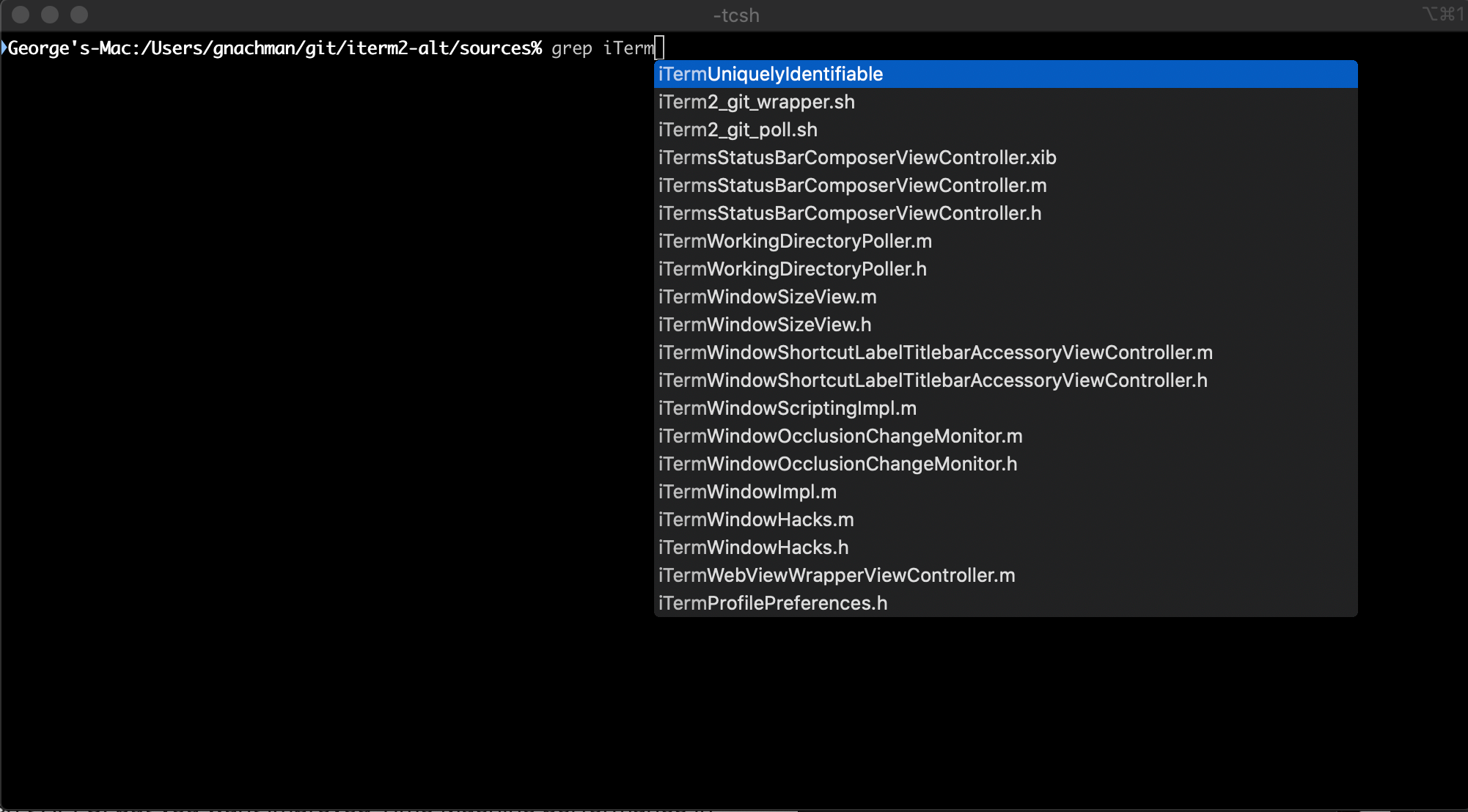RemoteIoT SSH is revolutionizing how businesses and individuals manage internet-connected devices from afar. This cutting-edge technology combines the power of IoT with secure shell protocols to provide unparalleled access and control over smart devices. Whether you're managing industrial equipment or automating your smart home, understanding the best practices for RemoteIoT SSH can significantly enhance your operational efficiency.
In today's interconnected world, the Internet of Things (IoT) has become an integral part of our daily lives. From smart thermostats to industrial machinery, IoT devices are everywhere. However, ensuring secure and reliable remote access to these devices is crucial. This is where RemoteIoT SSH comes into play, offering a secure and efficient solution for managing IoT devices remotely.
This comprehensive guide will explore the concept of RemoteIoT SSH, its benefits, best practices, and how it can be leveraged to maximize productivity while maintaining top-notch security. Whether you're a tech enthusiast, a business owner, or a developer, this article will provide valuable insights to help you make informed decisions about RemoteIoT SSH.
Read also:What Is The Salt Trick For Male Performance Unlocking The Secrets
Table of Contents
- What is RemoteIoT SSH?
- Benefits of RemoteIoT SSH
- Best Practices for RemoteIoT SSH
- Setting Up RemoteIoT SSH
- Security Considerations
- Tools and Software for RemoteIoT SSH
- Troubleshooting Common Issues
- Future of RemoteIoT SSH
- Case Studies
- Conclusion
What is RemoteIoT SSH?
RemoteIoT SSH refers to the use of Secure Shell (SSH) protocols to remotely access and manage Internet of Things (IoT) devices. SSH is a cryptographic network protocol that ensures secure communication between devices over an unsecured network. By integrating SSH with IoT, users can gain secure access to their devices from anywhere in the world, enabling real-time monitoring and control.
How Does RemoteIoT SSH Work?
RemoteIoT SSH works by establishing an encrypted connection between the user's device and the IoT device. This connection ensures that all data transmitted between the two devices is secure and protected from unauthorized access. The process typically involves:
- Authentication: Users must authenticate themselves before gaining access to the IoT device.
- Encryption: All data transmitted between the devices is encrypted to prevent interception.
- Command Execution: Once connected, users can execute commands and manage the IoT device remotely.
Benefits of RemoteIoT SSH
The adoption of RemoteIoT SSH offers numerous advantages for businesses and individuals alike. Below are some of the key benefits:
Enhanced Security
One of the primary benefits of RemoteIoT SSH is its ability to provide enhanced security. By using encryption and authentication protocols, RemoteIoT SSH ensures that sensitive data is protected from cyber threats.
Increased Efficiency
With RemoteIoT SSH, users can manage multiple IoT devices from a single location, saving time and resources. This centralized control allows for more efficient monitoring and troubleshooting of devices.
Cost Savings
Implementing RemoteIoT SSH can lead to significant cost savings. By reducing the need for on-site visits and minimizing downtime, businesses can allocate resources more effectively.
Read also:Does Salt Under Tongue Help Ed A Comprehensive Guide
Best Practices for RemoteIoT SSH
To fully leverage the potential of RemoteIoT SSH, it's essential to follow best practices. Here are some recommendations:
Use Strong Authentication Methods
Implementing strong authentication methods, such as multi-factor authentication (MFA), can significantly enhance the security of your RemoteIoT SSH setup. This ensures that only authorized users can access your IoT devices.
Regularly Update Software
Keeping your software and firmware up to date is crucial for maintaining security and functionality. Regular updates ensure that any vulnerabilities are patched, and new features are available.
Monitor Activity Logs
Monitoring activity logs can help identify unauthorized access attempts and potential security breaches. By keeping a close eye on these logs, you can take proactive measures to protect your devices.
Setting Up RemoteIoT SSH
Setting up RemoteIoT SSH involves several steps, including configuring your IoT devices, installing necessary software, and establishing secure connections. Below is a step-by-step guide:
Step 1: Configure IoT Devices
Begin by configuring your IoT devices to enable SSH access. This typically involves enabling the SSH service and setting up user accounts with appropriate permissions.
Step 2: Install SSH Client
Next, install an SSH client on your local machine. Popular options include PuTTY for Windows and OpenSSH for Linux and macOS.
Step 3: Establish Secure Connection
Finally, establish a secure connection to your IoT device using the SSH client. Be sure to use strong authentication methods and encrypt all data transmissions.
Security Considerations
When implementing RemoteIoT SSH, it's important to consider various security factors. Here are some key considerations:
Firewall Configuration
Configuring firewalls to allow only necessary traffic can help protect your IoT devices from unauthorized access. Ensure that only trusted IP addresses are granted access to your devices.
Data Encryption
Encrypting all data transmitted between devices is essential for maintaining security. Use strong encryption algorithms and regularly update encryption keys to prevent vulnerabilities.
Regular Audits
Conducting regular security audits can help identify potential weaknesses in your RemoteIoT SSH setup. Address any issues promptly to ensure the continued security of your devices.
Tools and Software for RemoteIoT SSH
Several tools and software solutions are available to facilitate RemoteIoT SSH implementation. Some popular options include:
OpenSSH
OpenSSH is a widely used open-source software suite that provides secure communication over unsecured networks. It supports both SSH client and server functionalities, making it a versatile tool for RemoteIoT SSH.
Putty
Putty is a free and portable SSH client for Windows. It offers a user-friendly interface and supports various authentication methods, making it an excellent choice for beginners.
SSH Tectia
SSH Tectia is a commercial SSH client and server solution that offers advanced features for enterprise-level security. It supports multi-factor authentication and provides comprehensive logging capabilities.
Troubleshooting Common Issues
Despite its many advantages, RemoteIoT SSH can sometimes encounter issues. Here are some common problems and their solutions:
Connection Issues
If you're unable to establish a connection, check your firewall settings and ensure that the SSH service is running on your IoT device. Verify that the correct IP address and port number are being used.
Authentication Failures
Authentication failures can occur due to incorrect credentials or misconfigured authentication methods. Double-check your username and password, and ensure that your authentication settings are properly configured.
Performance Problems
Slow performance may be caused by network congestion or outdated software. Optimize your network settings and update your software to improve performance.
Future of RemoteIoT SSH
As IoT continues to evolve, the role of RemoteIoT SSH will become increasingly important. Advances in encryption technologies, artificial intelligence, and machine learning will further enhance the capabilities of RemoteIoT SSH, enabling even more secure and efficient remote management of IoT devices.
Emerging Trends
Some emerging trends in RemoteIoT SSH include the integration of blockchain technology for enhanced security, the use of AI-driven analytics for predictive maintenance, and the development of lightweight protocols for resource-constrained devices.
Case Studies
Several organizations have successfully implemented RemoteIoT SSH to improve their operations. Below are two examples:
Case Study 1: Smart Agriculture
A leading agricultural company adopted RemoteIoT SSH to monitor and control its smart irrigation systems. By using SSH, the company was able to remotely adjust water flow and monitor soil conditions, resulting in increased crop yields and reduced water usage.
Case Study 2: Industrial Automation
An industrial manufacturing firm implemented RemoteIoT SSH to manage its robotic assembly lines. This allowed engineers to troubleshoot issues and make real-time adjustments without being physically present at the facility, improving overall productivity.
Conclusion
RemoteIoT SSH is a powerful tool that enables secure and efficient remote management of IoT devices. By following best practices and leveraging the latest technologies, businesses and individuals can harness the full potential of RemoteIoT SSH to enhance their operations.
We encourage you to share your thoughts and experiences with RemoteIoT SSH in the comments section below. Additionally, don't forget to explore our other articles for more insights into the world of IoT and cybersecurity. Together, let's build a more connected and secure future!
References:


